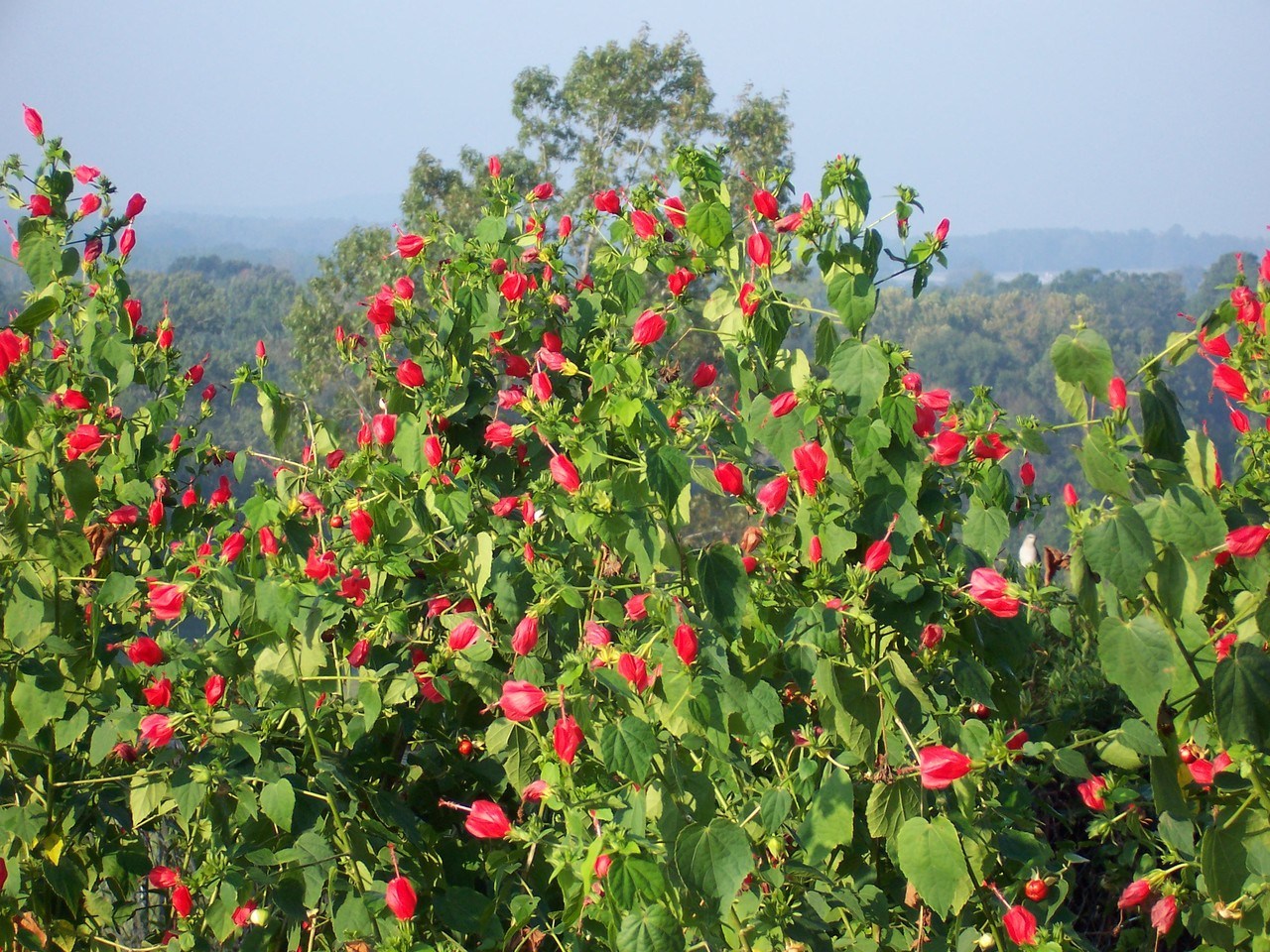The Tarrant Regional Water District (TRWD) is responsible for operation and maintenance of the Trinity River and its floodway as it passes through Fort Worth. This includes water quality monitoring and protection. One major challenge to the river is the impact of storm flows and the associated high levels of nutrients, sediments, and bacteria that occur in this largely urban watershed.
The development and redevelopment of the urban property has a high potential for water quality degradation to the Trinity if not properly constructed. In an effort to encourage the proper use of Low Impact Development in the area, TRWD has contracted with CDM Smith to develop a toolkit that includes a watershed model and a guide for development with an emphasis on green stormwater infrastructure (GSI). “I believe if we develop this guidance document properly, we will be able to show the development community that Green Infrastructure will be beneficial to not only the river but to them as well,” said Darrel Andrews, Assistant Environmental Director with TRWD.
See TRWD’s Water Quality Parameters and Watershed Management Process
In Phase I and II a watershed model was developed in SWMM5 and used to estimate flows and loads for 11 key parameters. The watershed model was set-up to simulate conditions in 2010, consistent with the CE-QUAL-W2 receiving water model. Rainfall data was provided from the National Weather Service Meacham International Airport precipitation gauge. The hydrologic parameters specified in the SWMM5 model were based on land use data from the North Central Texas Council of Governments and soil data from the Natural Resource Conservation Service.
Water quality simulations focused on using event mean concentrations (EMCs) to describe the runoff concentrations for each of the parameters of interest. EMCs for each pollutant and generalized land use category were compiled from local studies and supplemented where necessary based on accepted national references. Results from the watershed modeling showed increases in loadings where development is expected to occur if the proper stormwater systems are not incorporated into the design. “Managing stormwater runoff is a challenging proposition. TRWD is showing themselves as leaders in the region with this project and the Trinity will be better because of their initiative, “said Tina Peterson, Associate Water Resources Engineer with CDM Smith.
Phase III work is currently underway that includes an expansion of the model into other areas of the watershed above the city center. Another aspect of this current phase is the creation of a Developer’s Handbook that will outline any additional requirements as well as offer an approach for BMP sizing, selection and construction ideas. Phase III work is also evaluating impacts of GSI and other water quality BMPs for the larger project area. This phase is anticipated to be in progress by October 2017.


